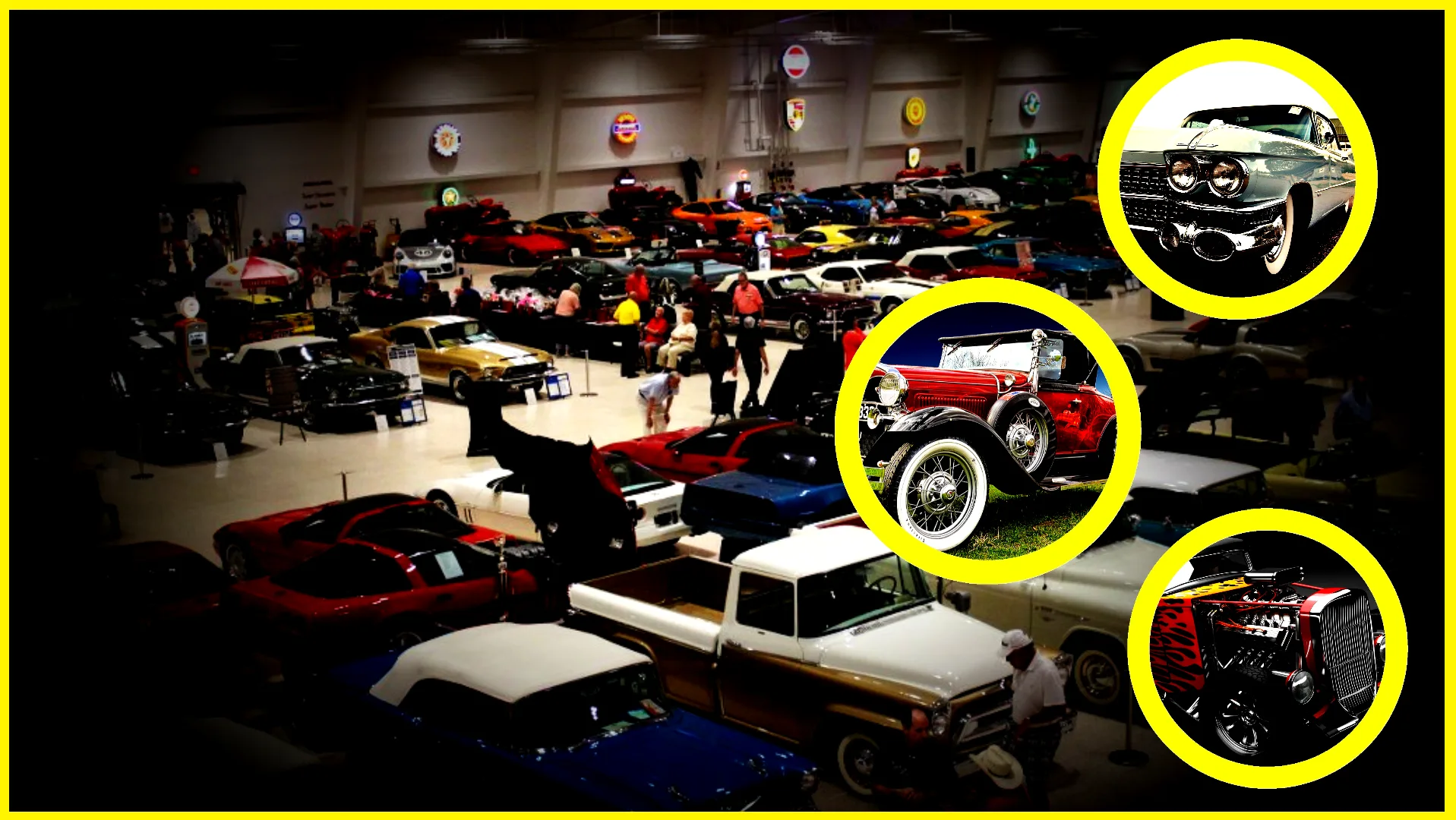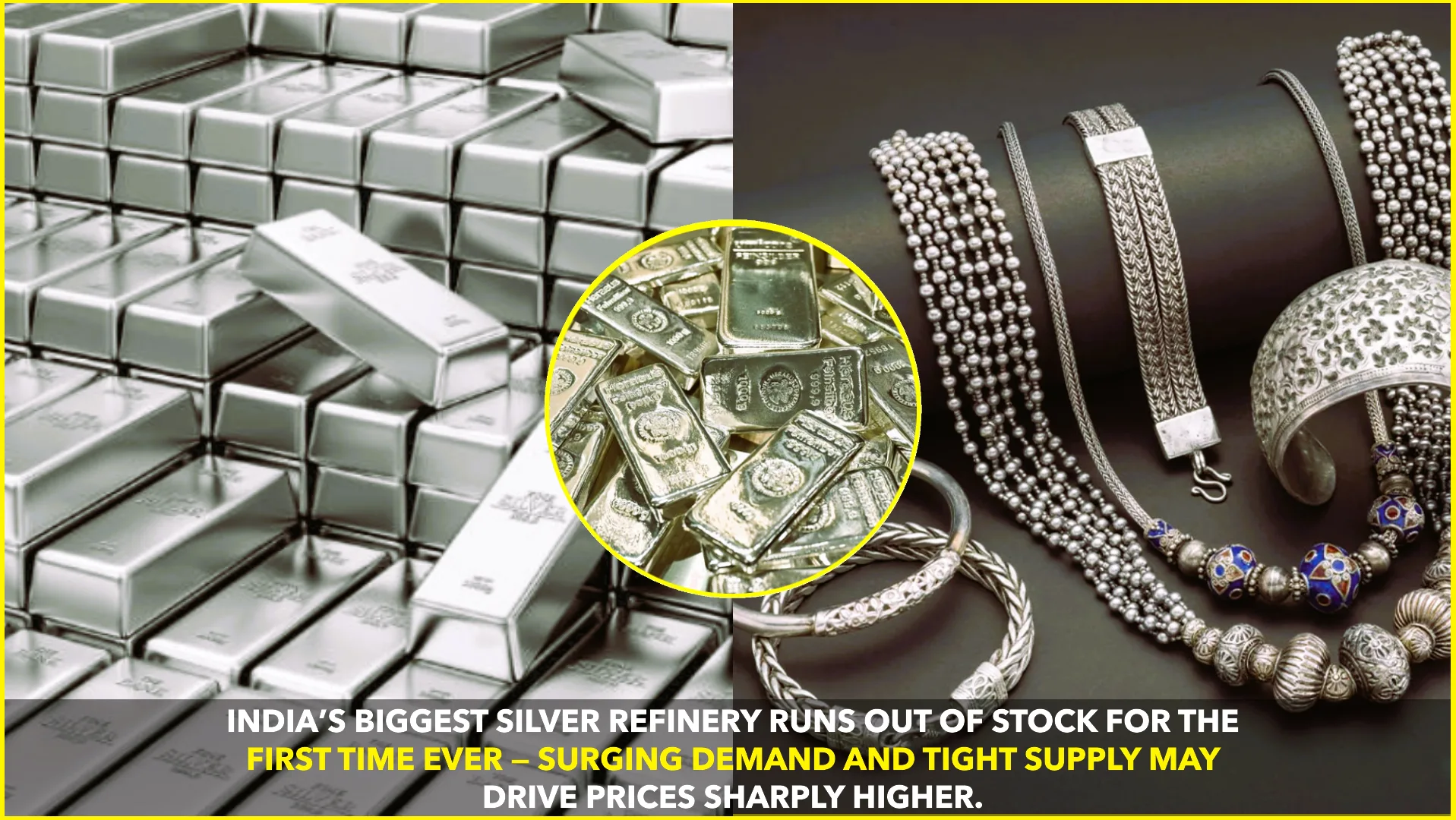The Indian government has introduced a significant change in its vintage car import policy, allowing vehicles that are 50 years or older to be brought into the country. This marks an expansion from the previous limit, which only permitted the import of pre-1950 automobiles. With this update, cars manufactured up to the year 1975 are now eligible for import. Furthermore, the rule will be updated yearly to accommodate the rolling 50-year criterion.
Key Highlights of the Policy Change
- Expanded Eligibility: The new rule broadens the eligibility for vintage car imports, covering models manufactured up to 1975 instead of the earlier pre-1950 limit.
- No Import Licence Required: Importers are not required to obtain a special licence, simplifying the process for collectors and enthusiasts.
- High Customs Duty: A substantial 240% customs duty applies to imported vintage cars, making them a costly acquisition.
- Restrictions on Sale: These vehicles are strictly for personal use and cannot be resold in India.
- Road Usage Compliance: If driven on Indian roads, the imported vintage cars must adhere to local traffic regulations.
A Boost for Vintage Car Collectors and Restorers
This policy revision is expected to benefit automobile collectors, restoration experts, and vintage car enthusiasts across the country. Previously, the restriction to pre-1950 models severely limited the range of classic vehicles that could be imported. Now, with the inclusion of cars from the 1960s and early 1970s, a wider selection of historic automobiles can enter the Indian market.
For collectors, this means greater opportunities to acquire sought-after classic models from renowned international brands. Many cars from the 1960s and 1970s, such as the Ford Mustang, Chevrolet Impala, Mercedes-Benz W108, and Jaguar E-Type, are now within the importable range. These models are highly valued for their engineering, design, and historical significance.
Challenges Due to High Customs Duty
While the rule change is a positive step for vintage car enthusiasts, the hefty 240% customs duty remains a significant barrier. For example, if a classic car is valued at INR 20 lakh internationally, the total cost after import duties and other charges could exceed INR 68 lakh. This makes vintage car imports a luxury only accessible to high-net-worth individuals.
Additionally, maintaining and restoring these vehicles requires significant expertise and access to spare parts, many of which may not be readily available in India. Enthusiasts may have to source parts from abroad, further adding to the cost of ownership.
Strict Usage Rules and Compliance with Traffic Laws
Another critical aspect of the new rule is the restriction on resale. Imported vintage cars cannot be sold once they enter the country, ensuring that they remain with collectors and are not used for commercial purposes. Additionally, those wishing to drive these cars on Indian roads must comply with existing traffic regulations, including pollution norms, roadworthiness requirements, and registration formalities.
Conclusion
The Indian government’s decision to extend the import eligibility to vehicles up to 50 years old is a welcome move for vintage car aficionados. By updating the eligibility annually, the policy ensures that newer classic models gradually become accessible. However, the steep customs duty and restrictions on resale may still pose challenges for many enthusiasts. Despite these hurdles, the move is expected to boost the vintage automobile community in India, allowing more collectors to bring iconic cars from the past into the country.










